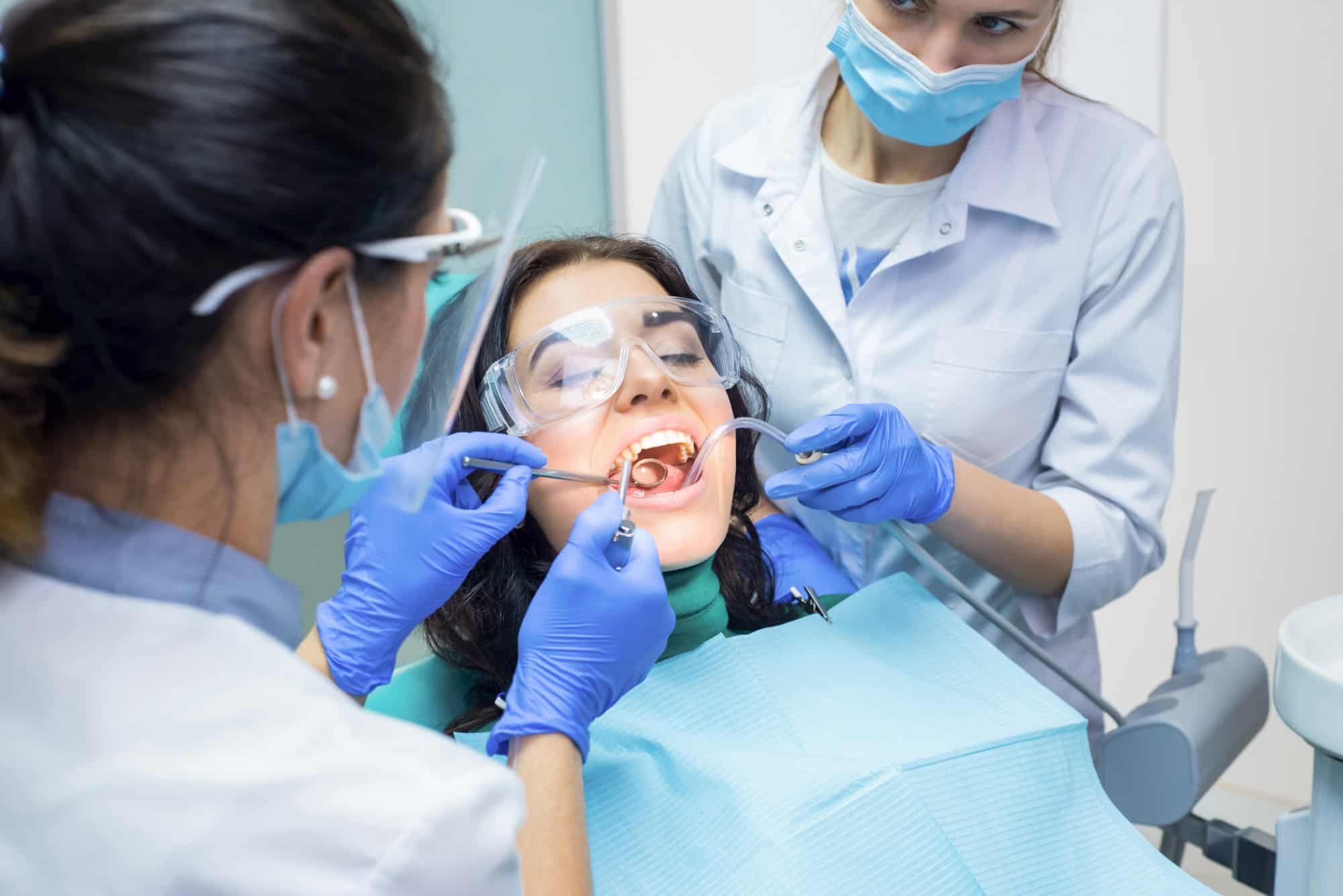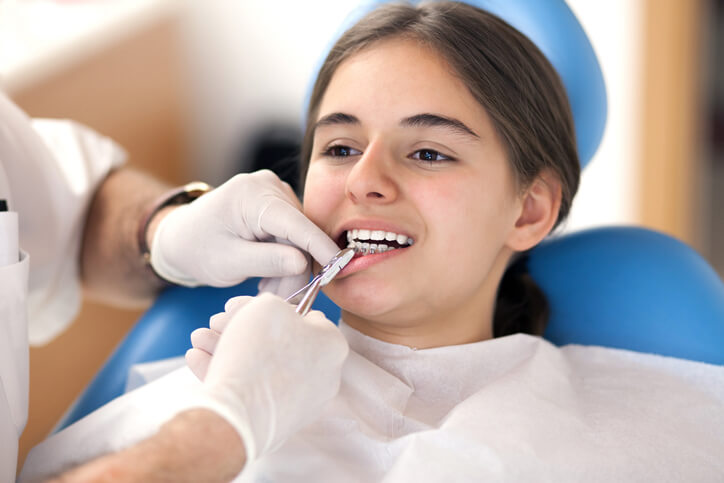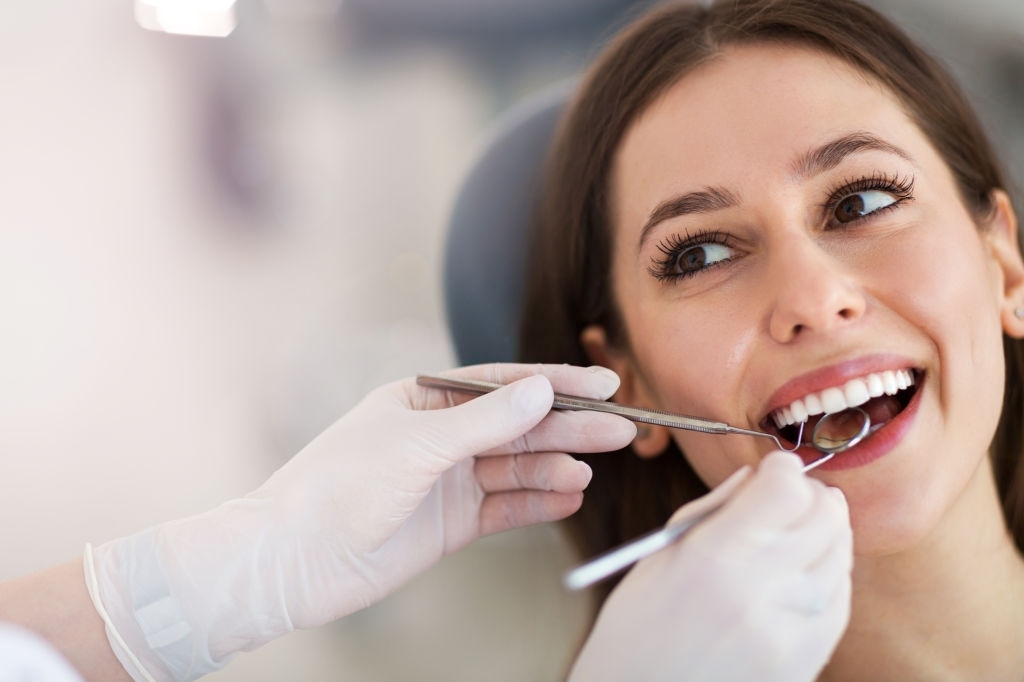Tooth wear is different from tooth decay. If the tooth enamel and dentin repeatedly come into contact with acidic substances, the constituents of the teeth will dissolve.
This phenomenon is called tooth wear or erosion. In most cases, tooth decay occurs due to the accumulation and persistence of bacteria on the tooth’s surface.
But the cause of tooth wear is not only caused by bacteria. If the people whose teeth are worn do not go to the dentist on time, they will cause the structure of their teeth to be lost and fall over time.
An experienced Ancaster dentist explains that if a person has tooth wear, cold and hot food causes pain in his teeth. If the minerals of the teeth are lost, it will cause wear and, as a result, erosion of the teeth. Therefore, dental saliva can protect these minerals well and prevent the accumulation of tooth-abrasive bacteria.
What Is the Cause of Tooth Wear?
As the age increases, the process of teeth wear continues and increases. During this process, the tooth enamel becomes thinner, and the dentin is more exposed, which also causes the color of your teeth to change. Apart from the natural process of teeth wear, some factors speed up this process. Some of the most well-known risk factors or predisposing factors for tooth wear are:
- Consumption of foods and drinks containing acid
Consuming acidic foods and drinks, such as soft drinks, energy drinks, some juices, wine and alcoholic drinks, vitamin drinks, etc., can increase tooth wear because they are associated with the deterioration of tooth enamel.
- Tooth bruxism or grinding teeth
Grinding teeth is a common problem in many people called bruxism. Grinding teeth is a condition in which the teeth grind together with great force. In most cases, teeth grinding occurs involuntarily and during sleep, and the person may not know its existence. In general, teeth grinding is the main cause of tooth wear in sleep.
Many medications can cause dry mouth. Saliva is also an important barrier against tooth wear. Therefore, if your mouth is dry and you experience dry mouth, the teeth will be damaged and worn more quickly.
- Stress and anxiety
Some people grind their teeth tightly while experiencing or enduring stress or have a habit of biting their nails or skin. This issue increases the process of teeth wear.
- Too much brushing
Brushing is the most important factor in maintaining and improving oral health. However, if brushing is done excessively, i.e., the time and frequency of brushing are not standard, or if we put a lot of pressure on the teeth while brushing, we help to increase the wear of the teeth.
What Are the Types of Tooth Wear?
It is better to know that there are different types of tooth wear, each of which has causes and conditions; these types are:
1- Abrasion
This type of wear results from the destructive contact of a device with the tooth. Its commonplace is the collar of the tooth and in the vicinity of the gums, and sometimes it is accompanied by the destruction of bone tissue and gums.
Its factors include vigorous brushing, rough toothbrushes, dental floss, and mobile devices inside the mouth (mobile prostheses-orthodontic plates).

2- Erosion
This wear occurs due to the contact of chemicals with the tooth surface. For example, the contact of all kinds of acids with the teeth, such as (acid in soft drinks), the return of stomach acid into the mouth in people who have reflux. In the depth of these abrasions, decayed dental tissue is usually visible.
3- Attrition
It is wear that occurs on the chewing surface of the teeth. During chewing and over time, the chewing surface of the teeth becomes smooth, especially if the food being chewed contains sour and acidic substances; the wear process becomes faster. The surface of this wear is smooth and very shiny, and sometimes the color of the dentine can be seen.
4- Abfraction
This type of wear, like abrasion, occurs next to the gum and in the collar of the tooth, but the cause of it is the destructive contact of the teeth during the lateral movements of the jaw.
The most common methods of repairing teeth wear
- Dental bonding
- Dental laminate
- Dental crown
















